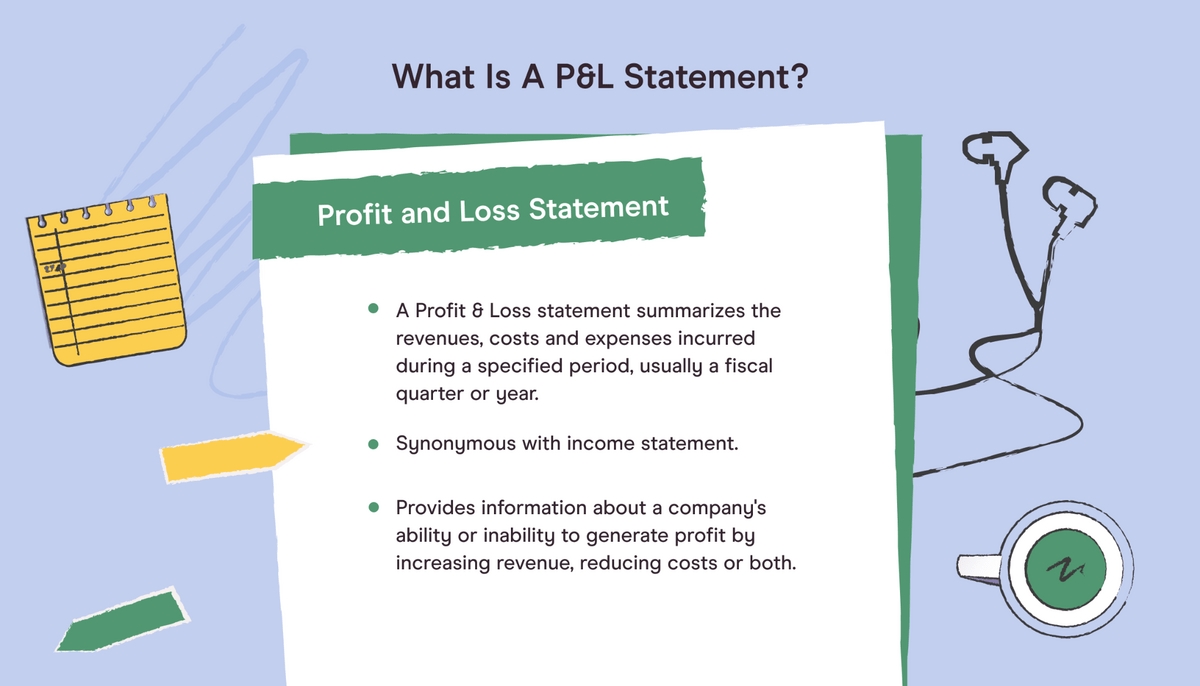Home>Finance>Internal Rate Of Return (IRR) Rule: Definition And Example


Finance
Internal Rate Of Return (IRR) Rule: Definition And Example
Published: December 11, 2023
Learn about the Internal Rate of Return (IRR) rule in finance and its definition, along with an example to understand its importance and application.
(Many of the links in this article redirect to a specific reviewed product. Your purchase of these products through affiliate links helps to generate commission for LiveWell, at no extra cost. Learn more)
The IRR Rule: Definition and Example
Welcome to our finance blog! Today, we are going to discuss an essential concept in the world of finance – the Internal Rate of Return (IRR) rule. Understanding the IRR can be instrumental in making informed financial decisions, whether you are an individual investor or a business owner. In this blog post, we will delve into the IRR definition, offer a real-life example, and explain why it is crucial for your financial planning.
Key Takeaways:
- The Internal Rate of Return (IRR) is a financial metric used to analyze the profitability of an investment.
- IRR takes into account the time value of money and calculates the discount rate that makes the net present value (NPV) of future cash flows equal to zero.
What is the IRR Rule?
The IRR rule, also known as the IRR method or IRR algorithm, is a decision-making tool used to determine the viability of an investment. It calculates the rate of return at which the present value of cash inflows equals the present value of cash outflows. Simply put, the IRR rule helps in estimating the rate of return required for an investment to break even.
When evaluating investment opportunities, the IRR rule suggests that an investment is considered worthwhile if the internal rate of return is greater than the cost of capital or the investor’s required rate of return. On the other hand, if the calculated IRR is lower than the cost of capital, it implies that the investment will not generate sufficient returns to justify the risk.
An Example to Illustrate the IRR
Let’s say you have the opportunity to invest in a project that requires an initial investment of $10,000. Over the next five years, you expect to receive cash inflows of $3,000, $2,500, $2,000, $5,000, and a final cash inflow of $10,000 at the end of the fifth year. Using the IRR formula, we can calculate the internal rate of return for this investment.
After plugging the numbers into a financial calculator or Excel spreadsheet, you determine that the internal rate of return of this investment is 15%. This means that the investment will generate a return of 15% annually, compensating for the risk and the time value of money involved.
Why is the IRR Rule Important?
The IRR rule is crucial for several reasons:
- Measuring profitability: The IRR allows investors to evaluate the potential profitability of an investment. It provides a standard metric to compare different investment options and assess which one would yield higher returns.
- Decision-making: By comparing the calculated IRR with the required rate of return, investors can make informed decisions about whether to pursue an investment opportunity or not. If the IRR exceeds the required rate of return, the project is considered financially viable. Otherwise, it may not be worth pursuing.
- Capital budgeting: Companies often use the IRR rule to decide whether to invest in long-term projects or make acquisitions. It helps them determine whether an investment will generate sufficient returns to create value for shareholders.
Understanding the IRR rule empowers individuals and businesses to make well-informed financial decisions. By evaluating the potential profitability and comparing it to the required rate of return, the IRR provides an essential rule of thumb for assessing investment opportunities and allocating resources effectively.
We hope this blog post has helped demystify the concept of the IRR rule. Remember, when it comes to finance, having a solid understanding of key concepts like the IRR can make a significant difference in your financial journey. Stay tuned for more informative finance articles in the future, and happy investing!














